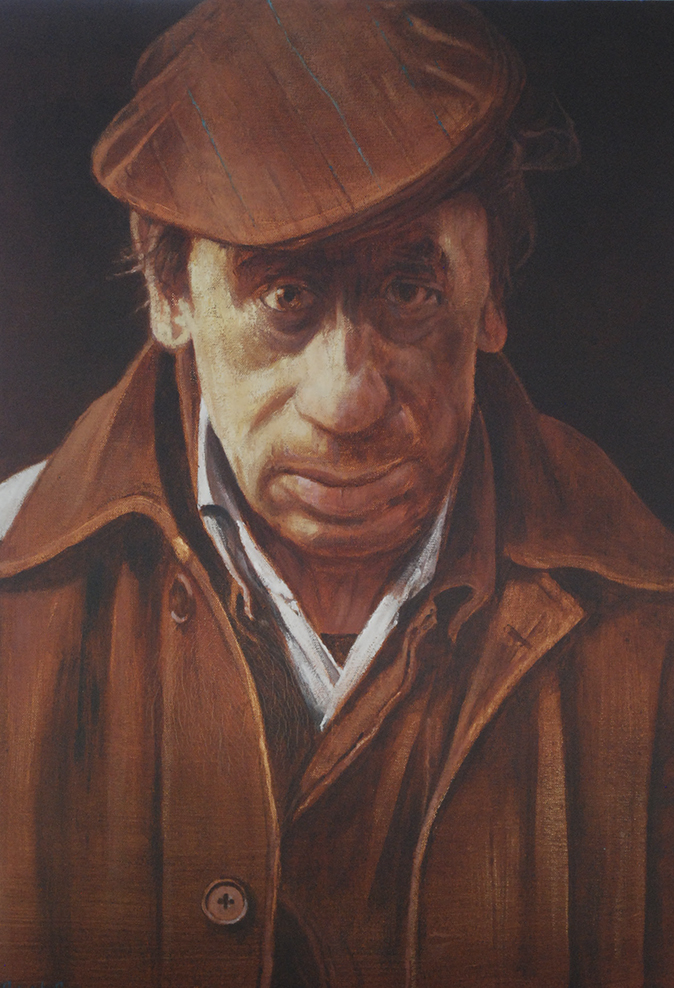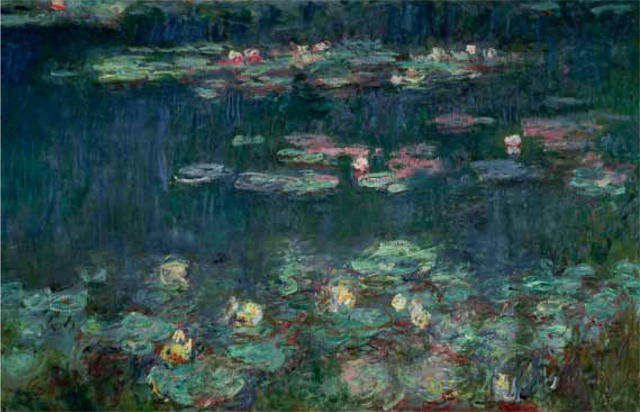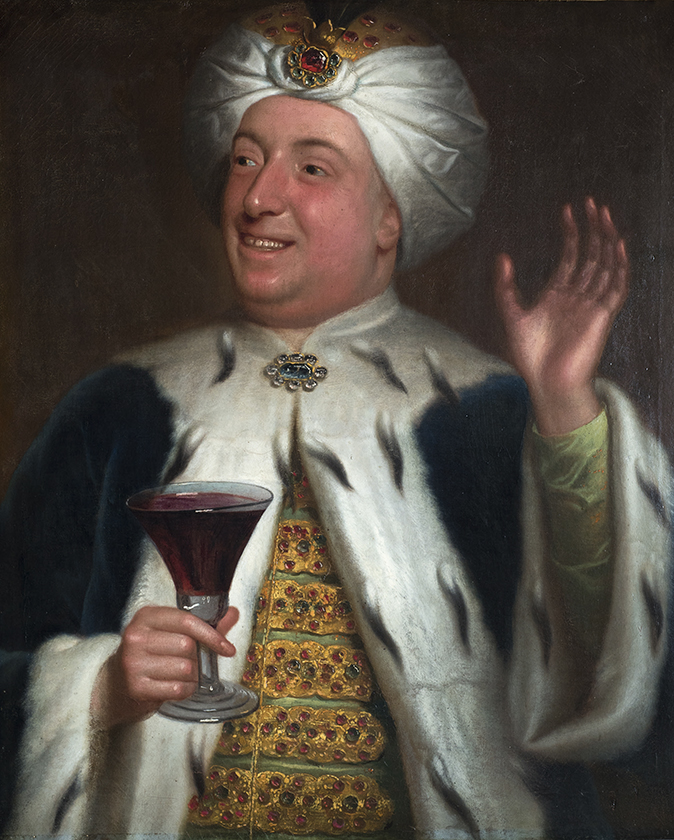My favourite painting: Ann Cleeves
'I’m drawn to this face, to the determination and the unflinching stare. The confidence.'


William–Labourer, 2010, by Peter Burns (b. 1944), 31½in by 23½in, Collection: Ann Cleeves
Ann Cleeves says: Peter Burns’s portrait of an unnamed shipyard worker represents home for me. When we first moved to the North-East in the mid 1980s, ships were still being built on the Tyne and I know people who once worked on them. I’m drawn to this face, to the determination and the unflinching stare. The confidence. We can tell from the crumpled clothing that this is a man who takes more pride in his work than in his appearance. Vera, my fictional detective, would understand and admire him. My response to the painting might be tinged with nostalgia, but the sitter is clear-eyed and unsentimental.
Ann Cleeves is a writer and winner of this year’s Diamond Dagger, awarded by the Crime Writers’ Association. Her latest novel, Cold Earth, has recently been published in paperback.
John McEwen comments on William–Labourer: Peter Burns was born in rural Gilsland during the war. His father, after wartime service in the Royal Navy, was a clerk in Newcastle. His parents encouraged his talent for drawing and painting and, from the age of 11, he was determined to be an artist.
At 15, he joined the swan Hunter shipyard on Tyneside as an apprentice and worked in shipbuilding until the yard’s closure in 1991. ‘I actually liked to go to work. I sketched at lunchtime and the men were very obliging to sit for me. Working in the shipyards was vital for my imagination and subject matter.’
Regular appeals to Northern Arts proved fruitless but his illustrations for a history of Wallsend, ‘WHERE THE WALL ENDS: RECOLLECTIONS OF A TYNESIDE TOWN’, led to an 18-month artistic secondment from swan Hunter to British shipbuilders. The work was shown at Northumbria University and led to commissions from Shell. He illustrated the 1984 company calendar, Shell and the community, which won the top award at the Business Calendar exhibition in Stuttgart and later featured in That’s Shell That Is at the Barbican.
William—Labourer shows an odd-job man. He wears the tweed cloth cap, a convention that began to disappear in the 1980s. today, Mr Burns’s work is represented in several public collections, including the Laing Art Gallery and Discovery Museum in Newcastle upon Tyne and the Shell Heritage Collection in Beaulieu, Hampshire.
Sign up for the Country Life Newsletter
Exquisite houses, the beauty of Nature, and how to get the most from your life, straight to your inbox.
He lives in Gateshead, is currently working on a landscape of his favourite Lindisfarne and is deciding on a suitable venue for a retrospective exhibition. His advice to young artists is: ‘Don’t ever give up, keep trying, apply for any financial help available—and never lose your sense of humour!’

My Favourite Painting: Lulu
Lulu chooses her favourite painting for Country Life.

My favourite painting: Edward Dashwood
'This portrait conjures up all his joie de vivre, love of dressing up and great hospitality'
Country Life is unlike any other magazine: the only glossy weekly on the newsstand and the only magazine that has been guest-edited by HRH The King not once, but twice. It is a celebration of modern rural life and all its diverse joys and pleasures — that was first published in Queen Victoria's Diamond Jubilee year. Our eclectic mixture of witty and informative content — from the most up-to-date property news and commentary and a coveted glimpse inside some of the UK's best houses and gardens, to gardening, the arts and interior design, written by experts in their field — still cannot be found in print or online, anywhere else.
-
 'To exist in this world relies on the hands of others': Roger Powell and modern British bookbinding
'To exist in this world relies on the hands of others': Roger Powell and modern British bookbindingAn exhibition on the legendary bookbinder Roger Powell reveals not only his great skill, but serves to reconnect us with the joy, power and importance of real craftsmanship.
By Hussein Kesvani
-
 Spam: The tinned meaty treat that brought a taste of the ‘hot-dog life of Hollywood’ to war-weary Britain
Spam: The tinned meaty treat that brought a taste of the ‘hot-dog life of Hollywood’ to war-weary BritainCourtesy of our ‘special relationship’ with the US, Spam was a culinary phenomenon, says Mary Greene. So much so that in 1944, London’s Simpson’s, renowned for its roast beef, was offering creamed Spam casserole instead.
By Country Life
-
 'As a child I wanted to snuggle up with the dogs and be part of it': Alexia Robinson chooses her favourite painting
'As a child I wanted to snuggle up with the dogs and be part of it': Alexia Robinson chooses her favourite paintingAlexia Robinson, founder of Love British Food, chooses an Edwin Landseer classic.
By Charlotte Mullins
-
 The Pre-Raphaelite painter who swapped 'willowy, nubile women' for stained glass — and created some of the best examples in Britain
The Pre-Raphaelite painter who swapped 'willowy, nubile women' for stained glass — and created some of the best examples in BritainThe painter Edward Burne-Jones turned from paint to glass for much of his career. James Hughes, director of the Victorian Society, chooses a glass masterpiece by Burne-Jones as his favourite 'painting'.
By Charlotte Mullins
-
 'I can’t look away. I’m captivated': The painter who takes years over each portrait, with the only guarantee being that it won't look like the subject
'I can’t look away. I’m captivated': The painter who takes years over each portrait, with the only guarantee being that it won't look like the subjectFor Country Life's My Favourite Painting slot, the writer Emily Howes chooses a work by a daring and challenging artist: Frank Auerbach.
By Toby Keel
-
 My Favourite Painting: Rob Houchen
My Favourite Painting: Rob HouchenThe actor Rob Houchen chooses a bold and challenging Egon Schiele work.
By Charlotte Mullins
-
 My Favourite Painting: Jeremy Clarkson
My Favourite Painting: Jeremy Clarkson'That's why this is my favourite painting. Because it invites you to imagine'
By Charlotte Mullins
-
 The chair of the National Gallery names his favourite from among the 2,300 masterpieces — and it will come as a bit of a shock
The chair of the National Gallery names his favourite from among the 2,300 masterpieces — and it will come as a bit of a shockAs the National Gallery turns 200, the chair of its board of trustees, John Booth, chooses his favourite painting.
By Toby Keel
-
 'A wonderful reminder of what the countryside could and should be': The 200-year-old watercolour of a world fast disappearing
'A wonderful reminder of what the countryside could and should be': The 200-year-old watercolour of a world fast disappearingChristopher Price of the Rare Breed Survival Trust on the bucolic beauty of The Magic Apple Tree by Samuel Palmer, which he nominates as his favourite painting.
By Charlotte Mullins
-
 My favourite painting: Andrew Graham-Dixon
My favourite painting: Andrew Graham-Dixon'Lesson Number One: it’s the pictures that baffle and tantalise you that stay in the mind forever .'
By Country Life